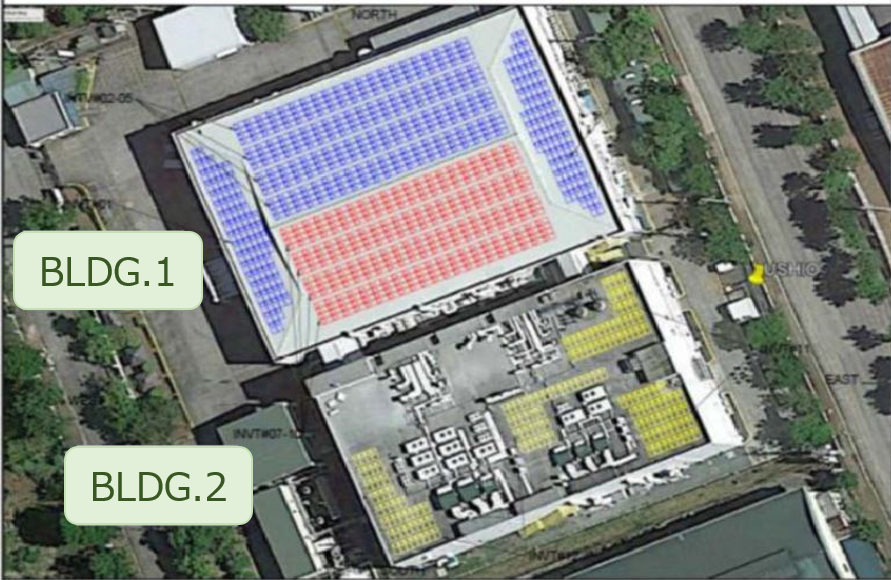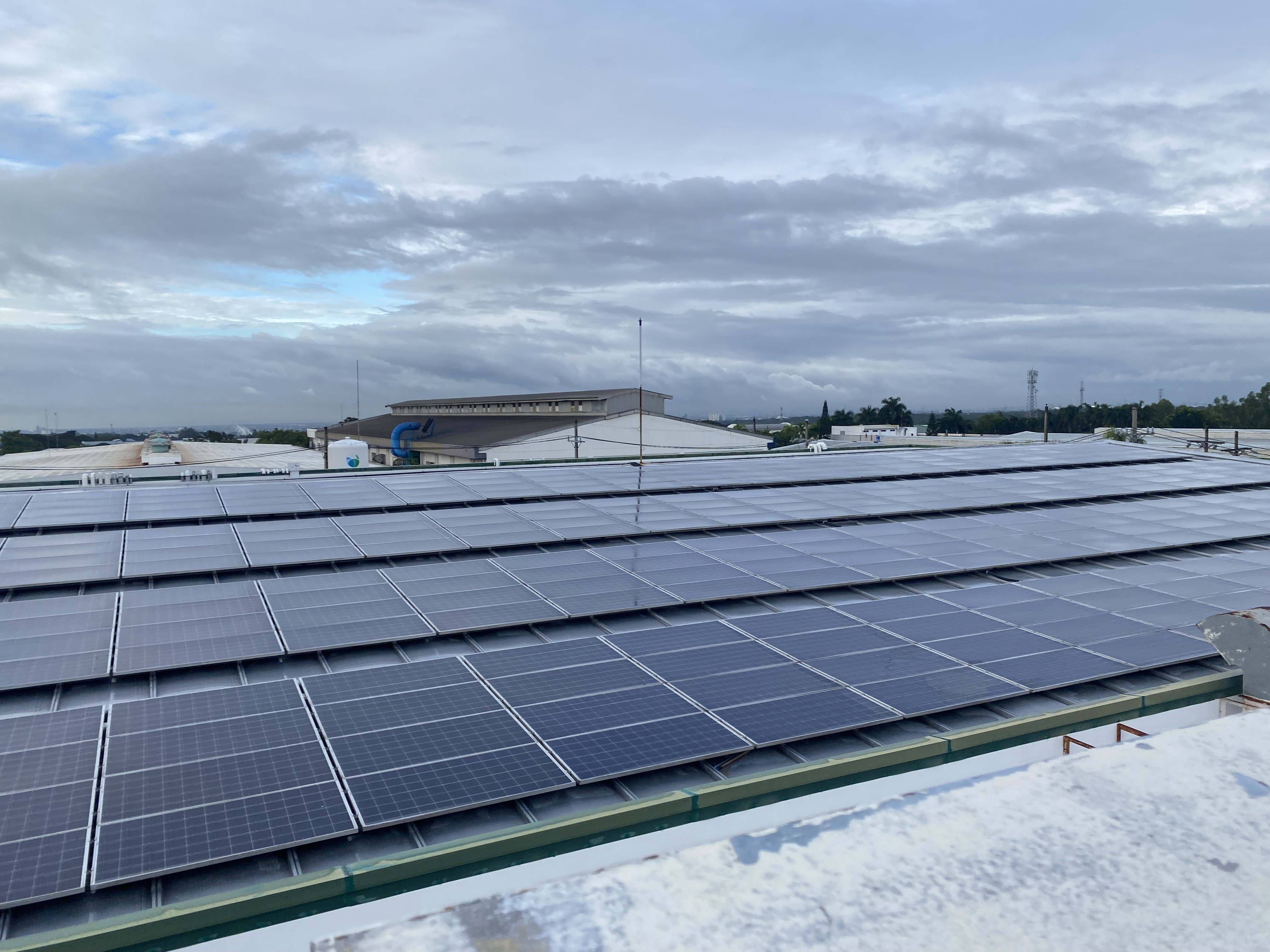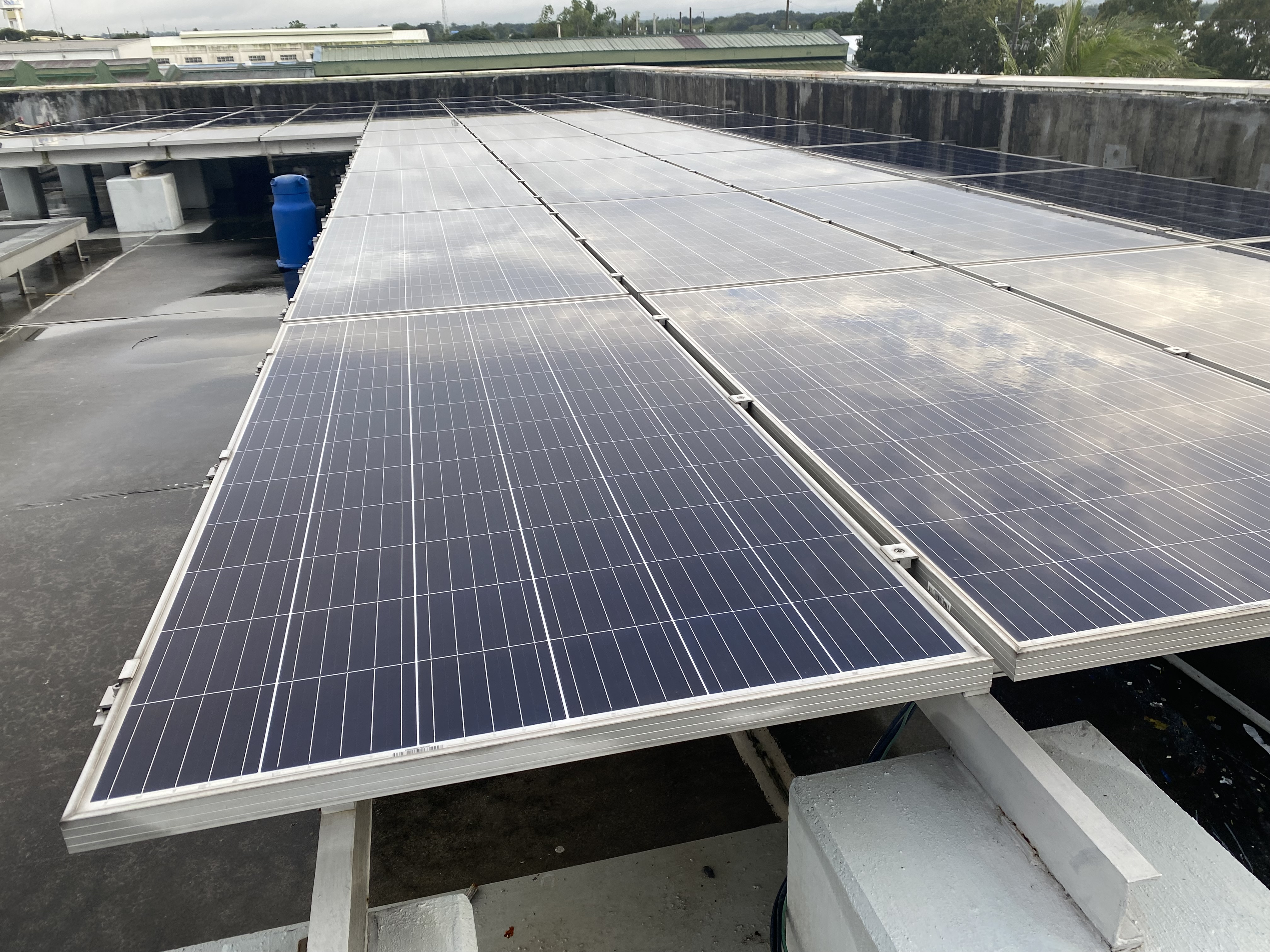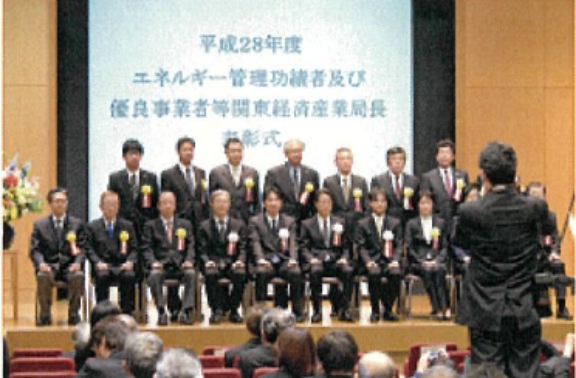GHG Reduction Activities at Divisions
In our climate change initiatives, we have set targets in our Vision for 2030 as one of the important issues in the Five Management Focuses. Nevertheless, we must review our efforts every year because of the ever-changing global environment. In order to reduce CO₂ emissions from divisions (Scope 1 and 2), we have set SBTi (Science Based Targets initiative) targets and formulated long-term reduction plans. In 2018, we set a target of reducing emissions 21% by 2030 compared to fiscal 2017 as a target in line with SBTi standards, and we received certification of our SBTs. In 2020, we revised this and set a target of reducing CO₂ emissions 33% by 2030 compared to fiscal 2017 based on a scenario well below 2°C, rather than just 2°C.
However, in consideration of the Special Report on Global Warming of 1.5 °C released by the Intergovernmental Panel on Climate Change (IPCC) , discussions at COP26 in 2021, and the revision of the SBTi certification standards, and the net zero target, we raised our targets to reduce emissions 55% (1.5 °C target ) by 2030 compared to fiscal 2017 and achieve carbon neutrality by 2050. In response to this target, the entire Group will steadily implement measures to reduce GHG emissions with the aim of realizing a carbon-free society.
CO₂ Reduction and Energy Conservation of Divisions
Among our efforts to combat climate change, we are implementing mitigation measures in line with the Japanese government and global trends in our business activities. As part of these efforts, we have set SBTi (Science Based Targets initiative) targets and are promoting initiatives to reduce CO₂ in order to achieve our targets. These targets cover the CO₂ emissions of the entire Ushio Group, which is working collectively to enhance its efforts to improve productivity and use renewable energy.
As a risk of climate change, we expect tightening regulations of CO₂ emissions from the use of energy, and as a result, the cost of compliance will be increased. Accordingly, we continue to implement energy conservation activities, such as reviewing production processes and introducing energy-saving equipment when upgrading facilities, while we added solar power generation facilities at the Gotemba Division and installed new ones at Fukusaki Division Ushio Lighting, Inc. At the Harima Division, we have changed over all electric power to renewables.
Ushio has introduced Internal Carbon Pricing* to facilitate these investments. With it set at 5,000 yen/t-CO₂, Internal Carbon Pricing is used for investment decisions in solar power generation facilities and energy-saving equipment. To this end, we are proceeding with the installation of solar power generation facilities, and we not only purchase green power certificates, which we have been doing so far, but also purchase and switch to power generated by renewables. In terms of energy saving activities, we have worked to improve energy use efficiency through intensity management, and for further improvement, we will upgrade our definition of intensity to match the actual situation. In addition to implementing new measures, we strive to protect the global environment through our business activities, such as reviewing our target values.
*Internal Carbon Pricing is a method in which companies set their own carbon prices and use them in organizational strategies and decision-making. Visualizing them as costs and incentives leads to low-carbon management.
Initiatives for Scope 1 and 2
Scope 1 and 2 reductions are set and reviewed by the Climate Change Countermeasures Committee, and the Group as a whole is working to achieve the targets determined by the Executive council. At each Group company and business site, we are using ISO and other means to roll out measures and implement the PDCA cycle.
Breakdown of Scope 1 and 2(Fiscal 2023)
| Scope | Scope 2 (Purchased electricity) |
Scope 1(Direct emission) | |||||||
|---|---|---|---|---|---|---|---|---|---|
| Total | Utility gas | LPG | LNG | Gasoline | Light oil | Kerosene | A heavy oil | ||
| Amount of Emission(t-CO₂) | 28,571 | 3,539 | 2,048 | 50 | 265 | 193 | 108 | 875 | 0 |
| Ratio to Scope 1 and 2(%) | 88.98 | 11.02 | 6.38 | 0.16 | 0.82 | 0.60 | 0.34 | 2.72 | 0.00 |
*The data presented in the table above is on a consolidated basis.
Plan for Reducing CO₂ Emissions and Actual Results
| Plans | Status of achievement* | Actual results | |
|---|---|---|---|
| FY2023 | Reduced Scope 1 and 2 CO₂ emissions from divisions by 20.8% in absolute terms compared to FY2017 | ✓ | Reduced Scope 1 and 2 CO₂ emissions from divisions by 34.91% in absolute terms compared to FY2017 |
|
✓ |
|
|
|
✓ |
|
|
| FY2024 | Reduce Scope 1 and 2 CO₂ emissions from divisions by 29.4% in absolute terms compared to FY2017 | ||
|
|||
| Medium- to long-term targets |
|
||
*✓:achieved; ―:not achieved
Initiatives of Main Divisions
Harima Division
The Harima Division accounts for about one-third of the Ushio Group's total CO₂ emissions, with most of these attributed to its electricity use. Therefore, from fiscal 2022, switched all electricity at the division to electricity derived from renewable energy. Thereby, its CO₂ emissions have been reduced to zero. We are also in the process of installing solar power generation facilities.
Gotemba Division
The Gotemba Division completed the third phase of solar power generation expansion in 2024, successfully reducing the amount of electricity it uses by 15%. Additionally, by switching purchased electricity to electricity derived from renewable energy, we aim to achieve zero CO₂ emissions at the division.
Ushio Philippines, Inc.(UPI)
In July 2021, its solar power generation facilities began operation. In the case of the Philippines, there is a difference in the amount of electricity generated during the rainy season and the dry season, but solar power generation covers 5% to 8% of the total for Ushio Philippines.
We have also promoted overall CO₂ reduction by purchasing electricity with a low CO₂ emission factor.



Ushio (Suzhou) Co., Ltd.(USZ)
We encourage green commuting, which involves commuting by means that do not emit greenhouse gases. Employees who commute long distances in an environmentally friendly way are recognized to motivate contributions to GHG reductions.
Award for Excellent Plant Energy Management (Gotemba Division)
The Kanto Bureau of Economy, Trade and Industry bestowed on us an award from the Director-General of the Kanto Bureau of Economy, Trade and Industry in recognition of our excellent plant energy management. We had originally planned to upgrade aging constant temperature and humidity air conditioning systems. Taking a different approach, we instead installed radiators that take advantage of low-temperature industrial water at Gotemba to remove equipment waste heat. This allowed us to lower the required specifications for air conditioning systems and sharply reduce initial outlays and running costs. This also reduced CO₂ emissions by 240 t-CO₂ annually.

